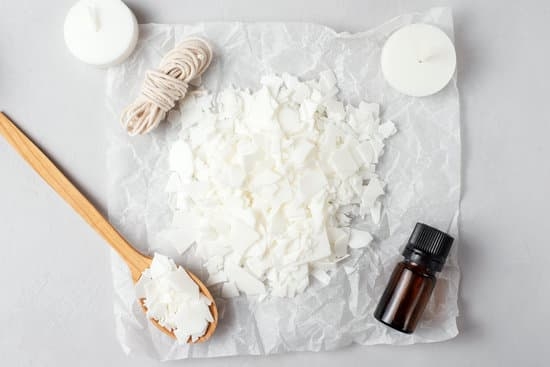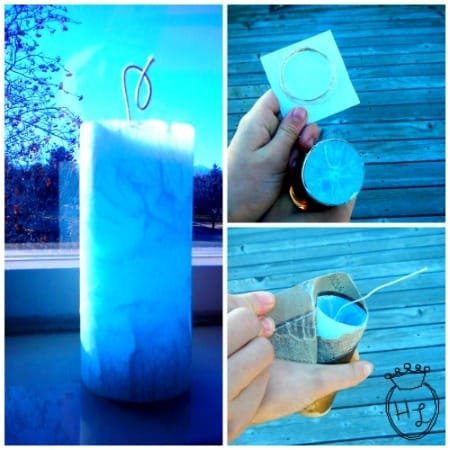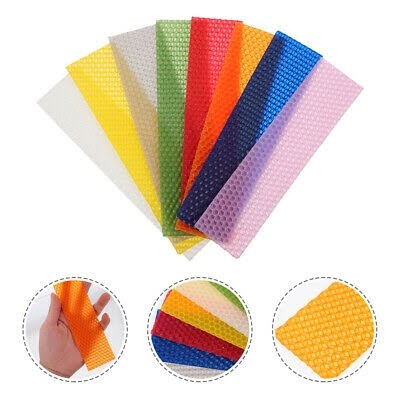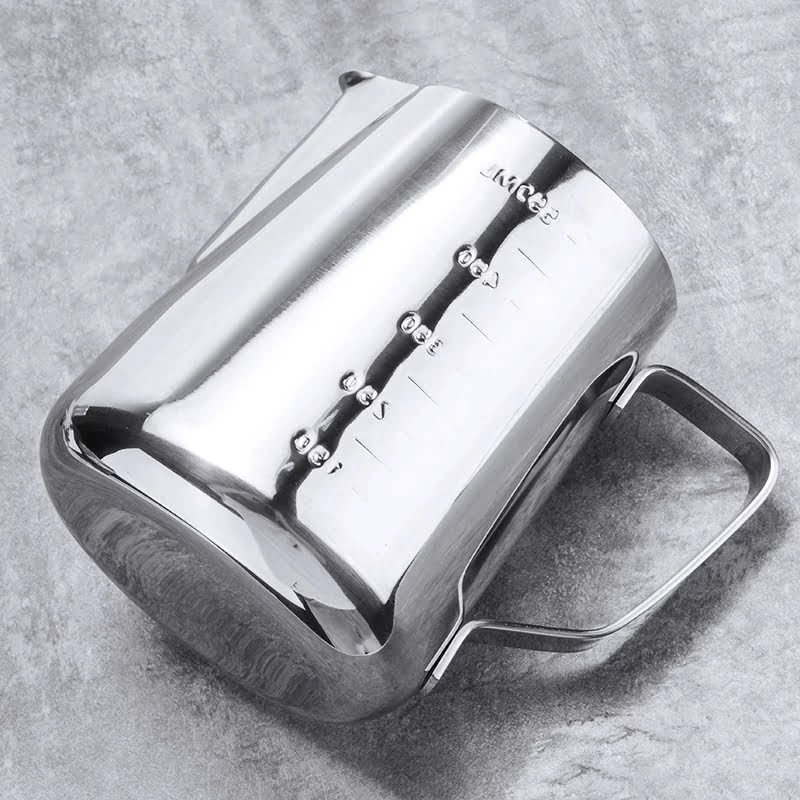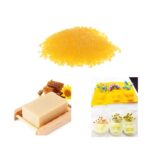Scented candle making in the Philippines has a rich history deeply intertwined with the country’s vibrant culture and traditions. The art of crafting scented candles has been passed down through generations, with each candle telling a story of Filipino heritage. In recent years, there has been a resurgence of interest in scented candle making as more individuals seek to embrace locally-made products infused with unique Filipino scents.
The Philippines is known for its diverse and exotic scents that are now finding their way into the world of scented candle making. From the sweet aroma of mangoes and coconut to the refreshing scent of calamansi and sampaguita, traditional Filipino scents serve as inspiration for creating beautifully fragrant candles. These distinctive fragrances capture the essence of the tropical paradise that is the Philippines, making every candle a sensory journey.
Local artisans and crafters often source their ingredients from suppliers across the Philippines, using natural materials such as beeswax, coconut oil, and essential oils indigenous to the region. This commitment to sourcing locally not only supports small businesses but also promotes sustainability in scented candle making practices. By utilizing homegrown resources, Filipino scented candle makers are able to create products that are not only environmentally friendly but also authentically Filipino in essence.
Traditional Filipino Scents
Ylang-ylang, known for its sweet and floral fragrance, is a popular choice in scented candle making due to its calming and uplifting properties. This scent is often associated with romance and relaxation, making it a favorite among candle enthusiasts in the Philippines. Sampaguita, the national flower of the Philippines, exudes a sweet and delicate aroma that symbolizes purity and simplicity. Its fragrance is often incorporated into candles to evoke feelings of nostalgia and tradition.
Pandan leaves, also known as screwpine leaves, add a unique twist to scented candles with their fresh and earthy scent. These leaves are commonly used in Filipino cuisine for their aromatic flavor profile, but they also work well in candle-making for a refreshing and tropical fragrance. The combination of these traditional Filipino scents results in candles that not only smell wonderful but also carry a piece of Philippine culture within them.
| Traditional Filipino Scents | Description |
|---|---|
| Ylang-Ylang | Sweet and floral fragrance with calming and uplifting properties. |
| Sampaguita | Sweet and delicate aroma symbolizing purity and simplicity. |
| Pandan | Fresh and earthy scent with a tropical touch from pandan leaves. |
Sourcing Ingredients Locally
When it comes to crafting scented candles in the Philippines, sourcing ingredients locally not only supports local businesses but also showcases the rich natural resources available in the country. Local suppliers play a crucial role in providing high-quality materials that are essential for creating unique scents that capture the essence of Filipino culture and traditions. From fragrant oils to sustainable waxes, these suppliers offer a wide range of options for crafters looking to create their own signature scented candles.
Local Suppliers
One popular supplier of scented candle making materials in the Philippines is Fragrance Factory. This company offers a variety of fragrance oils sourced from both local and international suppliers, allowing crafters to explore different scents inspired by nature and Filipino flowers. Another well-known supplier is Craft Carrot, which provides a selection of natural waxes such as soy wax and beeswax, along with other essential tools for candle making.
Natural Materials
Filipino scented candle makers often use natural materials sourced locally to infuse their candles with distinct scents that reflect the country’s rich biodiversity. Some commonly used natural materials include dried flowers like sampaguita (national flower) and ylang-ylang, as well as fruits like calamansi and coconut.
These ingredients not only add unique aromas to the candles but also evoke memories of Filipino landscapes and traditions. Incorporating these natural materials in candle making allows crafters to create products that are not only fragrant but also environmentally friendly.
Ethical Sourcing
In recent years, there has been a growing emphasis on ethical sourcing practices in scented candle making in the Philippines. Many local suppliers now prioritize sustainability and fair trade when selecting their raw materials, ensuring that both the environment and communities benefit from the production process. By supporting these ethical practices, consumers can enjoy their scented candles knowing that they were crafted with care for both people and the planet.
Step-by-Step Guide to Making Scented Candles
Gathering Ingredients and Materials
To start making scented candles Filipino style, you will need to gather some key ingredients and materials. Begin by acquiring soy wax, which is a popular choice for environmentally-conscious candle makers. You will also need fragrance oils in traditional Filipino scents like sampaguita, mango, or coconut. Don’t forget to have wicks, containers for the candles, a thermometer, a double boiler or microwave-safe container for melting the wax, and stirring utensils on hand.
Creating Your Candle Mixture
Once you have all your materials ready, it’s time to start creating your scented candle mixture. Begin by melting the soy wax using a double boiler or microwave in short bursts until it reaches around 170°F (77°C). Once melted, remove from heat and let it cool slightly before adding your chosen fragrance oil. Make sure to follow the recommended ratio of fragrance oil to wax to achieve the desired scent strength.
Pouring and Setting the Candle
After mixing the fragrance oil into the melted wax thoroughly, it’s time to pour the mixture into your chosen candle container with the pre-tabbed wick centered. Be careful not to disturb the wick while pouring. Allow the candle to set and cool completely before trimming the wick to about 1/4 inch (6mm) above the surface of the candle.
Congratulations. You now have your very own handmade scented candle with a touch of Filipino flair using traditional scents from local suppliers in the Philippines.
Popular Scented Candle Making Workshops in the Philippines
In recent years, scented candle making workshops have gained popularity in the Philippines as more people are becoming interested in learning this craft. These workshops provide a hands-on experience for participants to create their own unique scented candles while also offering valuable knowledge and skills in the art of candle making. Whether you are a beginner looking to explore a new hobby or an experienced crafter wanting to refine your techniques, these workshops offer something for everyone.
Here are some popular scented candle making workshops in the Philippines that you may want to consider joining:
- Candle Making 101 Workshop: This introductory workshop is perfect for beginners who want to learn the basics of scented candle making. Participants will be guided on how to choose the right waxes, fragrances, and wicks, as well as how to properly melt, pour, and set their candles. By the end of the workshop, attendees will have their own handmade scented candles to take home.
- Advanced Scented Candle Making Class: For those who already have some experience in candle making and want to enhance their skills, this advanced class provides a deeper dive into techniques such as layering scents, experimenting with different wax blends, and creating more elaborate designs. Participants will leave with a greater understanding of the artistry behind crafting scented candles.
- Aromatherapy Candle Workshop: This specialized workshop focuses on the therapeutic benefits of aromatherapy through scented candles. Participants will learn about essential oils and their healing properties, as well as how to blend specific scents for relaxation, focus, or stress relief. This workshop not only teaches candle making but also educates on how scents can impact one’s well-being.
These workshops not only offer a fun and creative outlet but also serve as a platform for individuals to connect with like-minded enthusiasts and build a community around scented candle making in the Philippines. Whether you attend for personal enjoyment or potential business opportunities, these workshops can ignite your passion for this aromatic craft influenced by Filipino culture and traditions.
Benefits of Scented Candles
Scented candles have been a source of relaxation, ambiance, and comfort for many people around the world. In the Philippines, scented candle making is not just a craft but also a way to tap into traditional Filipino scents that evoke nostalgia and warmth. The use of locally sourced ingredients further adds to the unique appeal of scented candles made in the Philippines.
One of the therapeutic benefits of using scented candles is their ability to create a calming atmosphere. Aromatherapy, which involves using scents to influence mood or promote well-being, is often utilized through scented candles infused with essential oils. In the Philippines, popular traditional scents like sampaguita, ylang-ylang, and calamansi are not only pleasing to the senses but also have known relaxing properties.
Moreover, scented candles can help alleviate stress and anxiety by providing a moment of tranquility in our daily lives. Lighting a candle with a comforting scent after a long day can signal to our brain that it’s time to unwind and relax. This simple act can contribute to better mental health and overall well-being. In the Philippines, the art of scented candle making embraces these therapeutic benefits while also celebrating local culture and traditions through unique fragrance blends.
| Therapeutic Benefit | Description |
|---|---|
| Calming Atmosphere | Aromatherapy uses scents from essential oils in scented candles to influence mood and promote well-being |
| Stress Relief | The act of lighting a comforting scented candle can help alleviate stress and anxiety by signaling the brain to relax |
| Celebration of Local Culture | In the Philippines, scented candle making showcases local traditional scents that contribute to mental health and well-being |
Sustainability in Scented Candle Making
When it comes to scented candle making in the Philippines, sustainability is a key factor that cannot be overlooked. Many local artisans and businesses are embracing eco-friendly practices in their craft, ensuring that their creations not only smell delightful but also promote environmental conservation. One of the ways this is achieved is by sourcing natural ingredients locally, reducing the carbon footprint associated with importing materials from afar.
To highlight the eco-conscious efforts in scented candle making in the Philippines, here are some sustainable practices commonly employed by local artisans:
- Use of soy wax or beeswax: Instead of traditional paraffin wax, which is derived from petroleum, many candle makers in the Philippines opt for soy wax or beeswax. These natural alternatives are renewable resources that biodegrade easily, making them better for the environment.
- Recycled packaging materials: To minimize waste and reduce their impact on the environment, Filipino scented candle makers often use recycled or biodegradable packaging materials for their products. This includes containers made from glass or metal that can be reused or recycled after the candle has been fully burned.
- Sustainable sourcing of fragrances: In addition to using locally sourced ingredients like essential oils and dried flowers for fragrances, some candle makers in the Philippines collaborate with organic farmers and ethical suppliers to ensure that their scents are sustainably harvested and produced.
By incorporating these sustainable practices into their craft, scented candle makers in the Philippines are not only creating beautiful products but also contributing to a greener and healthier planet. Whether you’re a consumer looking for eco-friendly options or an aspiring candle maker interested in sustainability, supporting these local artisans can make a positive impact on both your home and the environment.
Spotlight on Filipino Scented Candle Makers
Scented candles have become more than just a trend in the Philippines; they have become a way to connect with our roots and traditions. Local artisans and businesses have been at the forefront of this movement, infusing their creations with unique scents that pay homage to Filipino culture. From the bustling streets of Manila to the serene shores of Palawan, scented candle makers across the country are capturing the essence of our diverse heritage in every flicker of a flame.
One such artisan is Maria from Batangas, who draws inspiration from her grandmother’s garden to create floral-scented candles that transport you to a time of simpler pleasures. Her attention to detail and commitment to using locally sourced materials showcase not only her talent but also her dedication to supporting Filipino farmers and suppliers. Maria’s candles are not just products; they are stories waiting to be unfolded with each delicate fragrance.
As we continue to support these local artisans and businesses in their scented candle making endeavors, we also contribute to sustainable practices in the industry. By choosing locally made products that utilize natural ingredients, we help reduce our carbon footprint and support communities across the Philippines. So next time you light a scented candle, remember that you are not just filling your home with a lovely aroma; you are also embracing a piece of Filipino culture and tradition.
Frequently Asked Questions
Is Candle Making a Good Business in the Philippines?
Candle making can be a good business in the Philippines due to the growing demand for candles both for religious and decorative purposes. With unique designs and scents, one can attract a niche market and generate a steady income.
Is Making Scented Candles Profitable?
Making scented candles can be profitable if done right. Scented candles are popular for aromatherapy, relaxation, and home décor. By offering high-quality, unique scents, one can carve out a profitable niche in the competitive candle market.
How Big Is the Candle Industry in the Philippines?
The candle industry in the Philippines is significant, with a rich history of producing candles for various purposes. From traditional religious candles to modern decorative ones, the industry caters to a wide range of customers both domestically and internationally. The industry continues to grow as demand for candles remains steady.

Welcome to my candle making blog! In this blog, I will be sharing my tips and tricks for making candles. I will also be sharing some of my favorite recipes.

